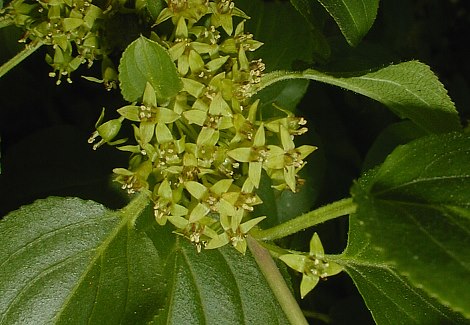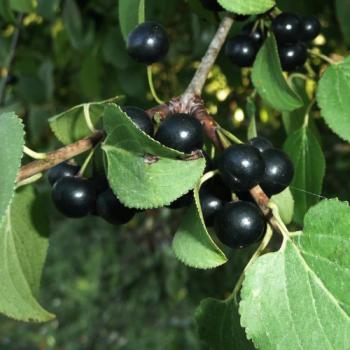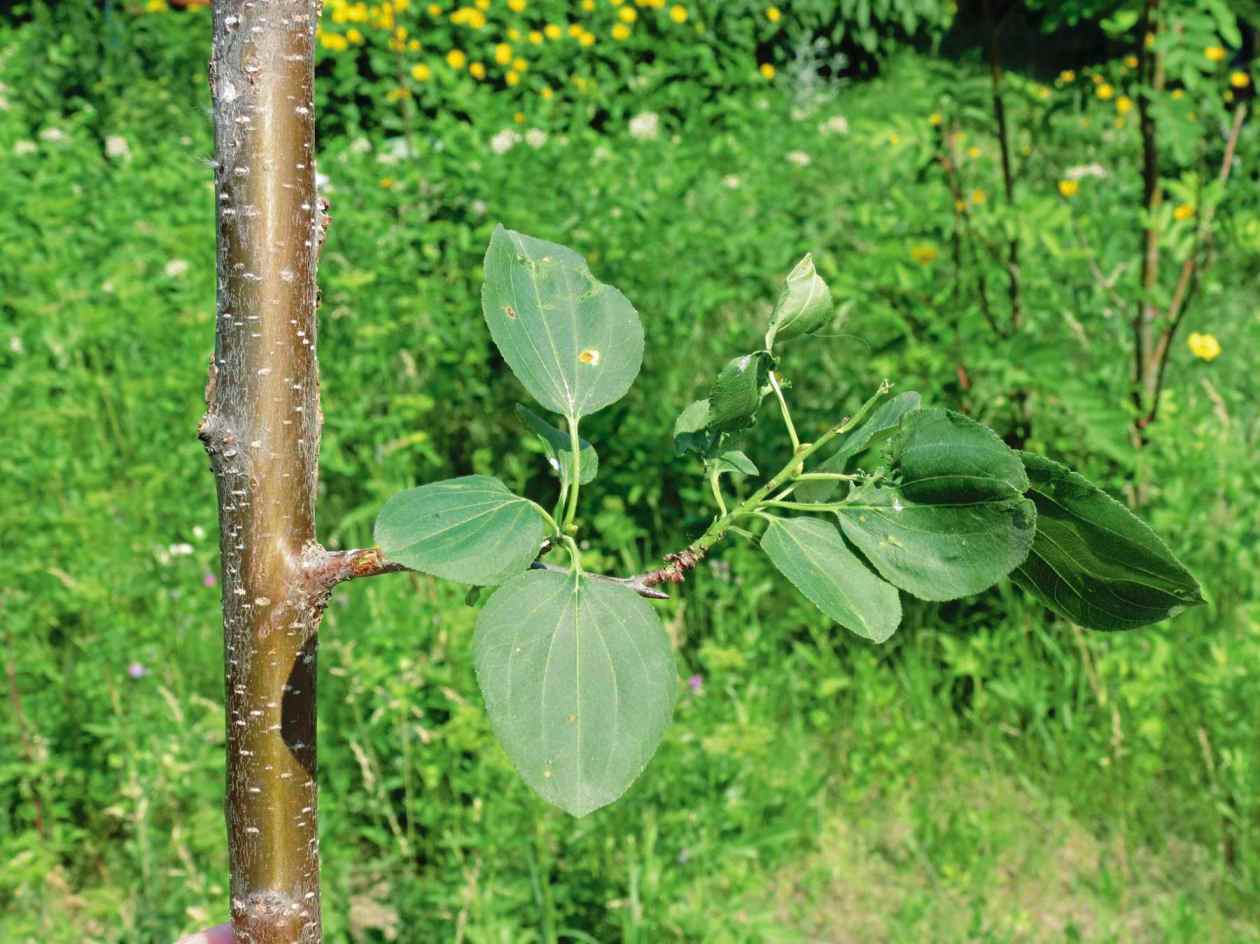How To Control Common Buckthorn
Title: How to Control Common Buckthorn
Introduction:
Common buckthorn (Rhamnus cathartica) is an invasive species that can be found throughout North America. It is a fast-growing shrub or small tree that can outcompete native plants, leading to a loss of biodiversity. Buckthorn also contributes to erosion by out-competing plants on the forest floor that help hold soil in place.
There are a number of ways to control common buckthorn. In this blog post, we will discuss some of the most effective methods.
Main Content:
Chemical Control
One of the most effective ways to control common buckthorn is to use herbicides. Herbicides can be applied to cut stumps, leaves, or the entire plant. However, it is important to choose a herbicide that is specifically labeled for use on buckthorn.
Some of the most effective herbicides for buckthorn control include glyphosate, triclopyr, and imazapyr. These herbicides can be applied by hand or with a backpack sprayer.
Non-Chemical Control
There are also a number of non-chemical methods that can be used to control common buckthorn. These methods include:
- Cutting and stump treatment: This method involves cutting the buckthorn plant to the ground and then treating the stump with an herbicide. This will prevent the plant from resprouting.
- Mowing: Mowing can be an effective way to control buckthorn in small areas. However, it is important to mow the buckthorn regularly, as new growth will emerge from the roots.
- Girdling: Girdling is a method of killing buckthorn by cutting the bark around the base of the plant. This will cut off the flow of nutrients to the roots, and the plant will eventually die.
- Prescribed burning: Prescribed burning can be an effective way to control buckthorn in fire-adapted ecosystems. However, it is important to consult with a professional before burning buckthorn, as it can spread to other areas.
Conclusion:
There are a number of effective methods that can be used to control common buckthorn. The best method for you will depend on the size of the infestation and your budget.
If you are considering controlling common buckthorn on your property, it is important to consult with a professional to get advice on the best method for your situation.
For more information about common buckthorn, please visit the Garden Wiki.
FAQ of common buckthorn
What is common buckthorn?
Common buckthorn (Rhamnus cathartica) is a small, invasive tree or shrub that is native to Europe and Asia. It was introduced to North America in the 1700s as an ornamental plant, but it has since escaped cultivation and become a widespread problem.
What are the problems with common buckthorn?
Common buckthorn is a highly invasive plant that can outcompete native plants for resources. It also produces a lot of seeds, which are easily spread by birds and other animals. This allows buckthorn to quickly colonize new areas.
In addition, common buckthorn is toxic to livestock and humans. The leaves and seeds of the plant can cause vomiting, diarrhea, and other health problems.
How can I control common buckthorn?
There are a number of ways to control common buckthorn. The most effective method depends on the size of the plant and the location of the infestation.
For small plants, hand-pulling or cutting is an option. However, it is important to remove the entire root system, as even small pieces of root can resprout.
For larger plants, cutting followed by herbicide treatment is the most effective method. The stump should be cut as close to the ground as possible and then treated with an herbicide that is labeled for use on buckthorn.
What are the benefits of controlling common buckthorn?
Controlling common buckthorn has a number of benefits. It can help to restore native plant communities, improve wildlife habitat, and reduce the risk of human and livestock poisoning.
In addition, controlling buckthorn can help to prevent the spread of other invasive plants. Buckthorn often provides a foothold for other invasive plants, such as garlic mustard and honeysuckle. By controlling buckthorn, we can help to prevent the spread of these other invasive species.
Image of common buckthorn
10 different images of common buckthorn that are free to use:
- Common buckthorn leaves. The leaves of common buckthorn are oval-shaped with serrated edges. They are typically green in color, but they can turn yellow or red in the fall.

- Common buckthorn flowers. The flowers of common buckthorn are small and white. They are clustered together in small groups.

- Common buckthorn berries. The berries of common buckthorn are small and black. They are poisonous to humans and animals.

- Common buckthorn bark. The bark of common buckthorn is smooth and gray. It is often striped with black.

- Common buckthorn tree. Common buckthorn can grow as a shrub or a small tree. It can reach heights of up to 30 feet.

- Common buckthorn in forest. Common buckthorn is an invasive species that can outcompete native plants. It is often found in forests, along roadsides, and in disturbed areas.

- Common buckthorn close-up. This close-up of common buckthorn shows the serrated edges of the leaves and the small white flowers.

- Common buckthorn in winter. Common buckthorn can still be identified in winter by its smooth gray bark and black berries.
- Common buckthorn in a garden. Common buckthorn can be used as an ornamental plant, but it is important to be aware of its invasive nature.

- Common buckthorn seed pods. The seed pods of common buckthorn are small and brown. They split open to release the seeds.

Post a Comment for "How To Control Common Buckthorn"